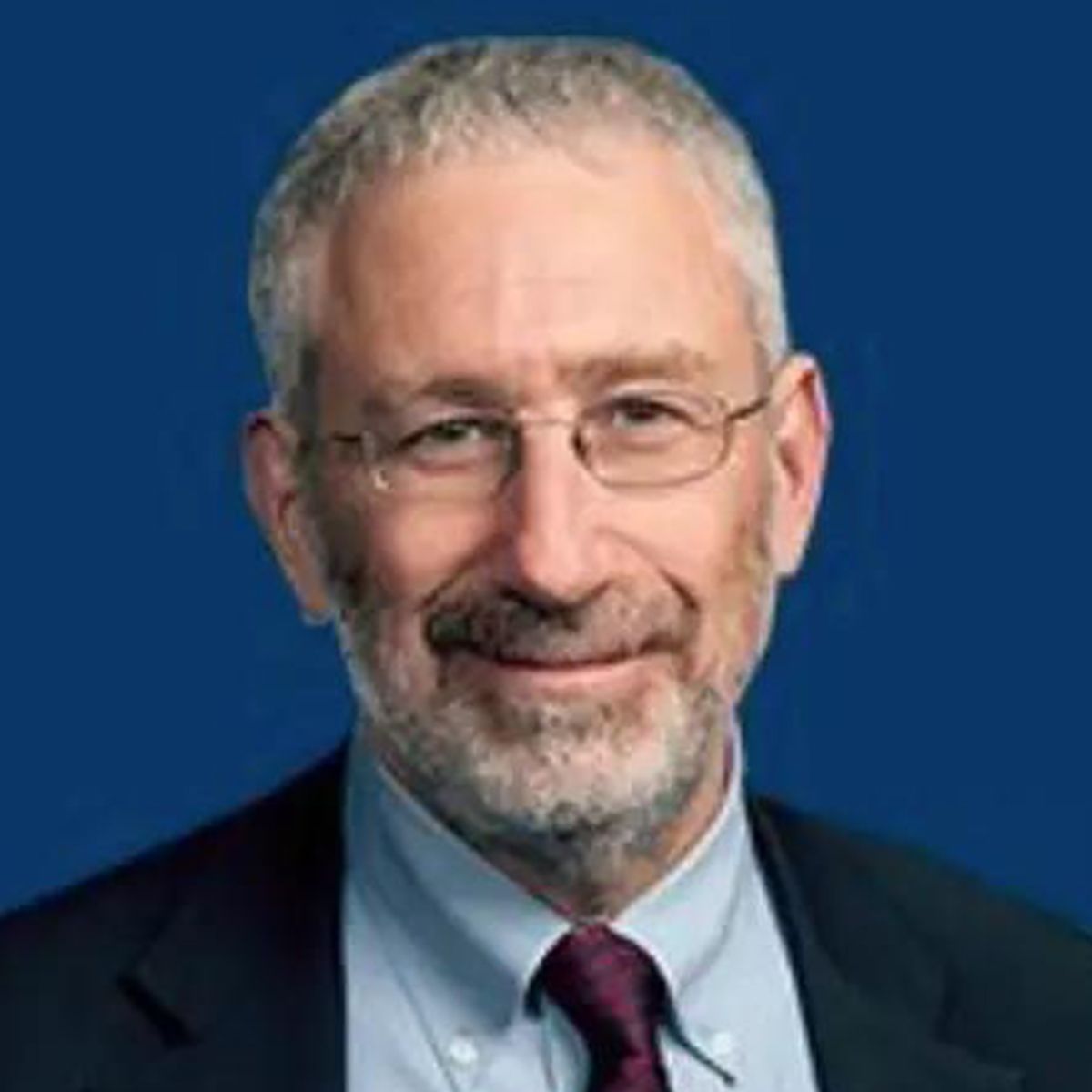Video
Dr. Snyder on Tools to Improve Use of Allogeneic Stem Cell Transplant in Myelofibrosis
Author(s):
David S. Snyder, MD, discusses tools to improve the use of allogeneic stem cell transplant in myelofibrosis.
David S. Snyder, MD, associate chair of the Department of Hematology and Hematopoietic Cell Transplantation, professor of Hematology and Hematopoietic Cell Transplantation, and hematologist/oncologist at City of Hope, discusses tools to improve the use of allogeneic stem cell transplant in myelofibrosis.
Allogeneic stem cell transplant is currently the only curative option available to patients with myelofibrosis, says Snyder. Investigators are working on developing better tools to select the appropriate candidates for transplant, improve outcomes after the procedure, and predict who is likely to do well post-transplant, says Snyder.
To this end, new prognostic scoring systems are under development. The original systems used in this space was the Dynamic International Prognostic Scoring System (DIPSS) and DIPSS Plus. Other systems have since emerged, such as the latest the Mutation-Enhanced International Prognostic Score System (MIPSS) and MIPSS70-plus version 2.0.
These systems incorporate molecular and karyotypic information and help stratify patients in terms of prognosis and survival, not necessarily after transplant but overall with general treatment, according to Snyder. While these tools may help decide which patients should be considered for transplant, they do not help predict what outcomes will look like after transplant, concludes Snyder.









